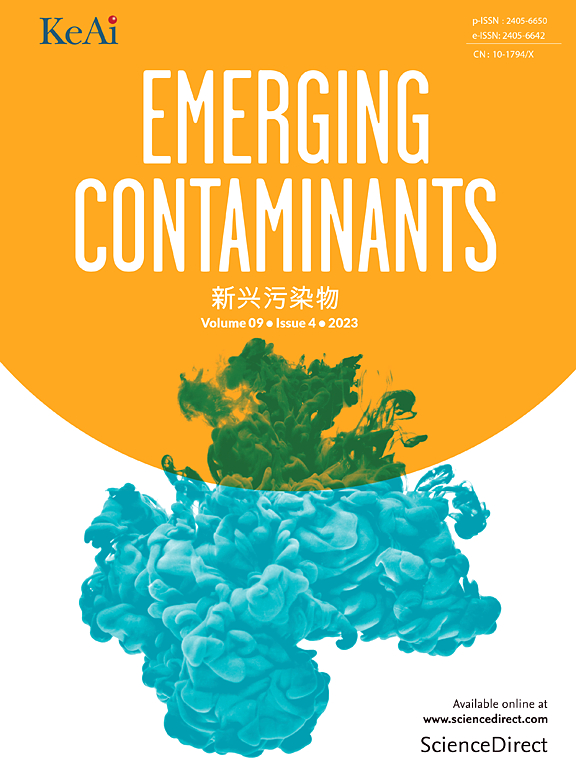Unravelling the ecological ramifications of biodegradable microplastics in soil environment: A systematic review
IF 6.9
2区 环境科学与生态学
Q1 ENVIRONMENTAL SCIENCES
引用次数: 0
Abstract
Plastic pollution, especially microplastics (MPs), poses significant environmental challenges, with biodegradable plastics (BPs) often presented as sustainable alternatives. However, incomplete degradation of BPs in soil environment leads to the creation of biodegradable microplastics (BMPs), whose impacts remain inadequately understood. This systematic review synthesizes findings from 85 publications to assess the effects of BMPs on soil ecosystems, encompassing physical, chemical, and biological properties. BMPs influence soil texture, porosity, nutrient cycling, microbial diversity, and plant growth, with varying impacts depending on polymer type, concentration, and soil conditions. While BMPs can enhance soil organic matter and microbial activity at low concentrations, higher concentrations often alter nutrient availability and soil stability. Soil biota shows differential responses to BMPs, with potential implications for nutrient cycling and soil ecosystem functioning. Contradictory research findings underscore the need for long-term, field-based studies under varied environmental conditions. The insights from this review contribute to a deeper understanding of the ecological ramifications of BMPs in soil ecosystems, highlighting critical research gaps, advocating for multidisciplinary approaches to comprehensively evaluate impacts of BMPs.

揭示可生物降解微塑料在土壤环境中的生态后果:系统综述
塑料污染,特别是微塑料(MPs),对环境构成了重大挑战,可生物降解塑料(bp)通常被认为是可持续的替代品。然而,土壤环境中bp的不完全降解导致生物降解微塑料的产生,其影响尚不充分了解。本系统综述综合了来自85篇出版物的研究结果,以评估bmp对土壤生态系统的影响,包括物理、化学和生物特性。bmp影响土壤质地、孔隙度、养分循环、微生物多样性和植物生长,其影响取决于聚合物类型、浓度和土壤条件。虽然bmp在低浓度下可以增强土壤有机质和微生物活性,但高浓度往往会改变养分有效性和土壤稳定性。土壤生物群对bmp表现出不同的响应,这对养分循环和土壤生态系统功能具有潜在的影响。相互矛盾的研究结果强调了在不同环境条件下进行长期、实地研究的必要性。本综述的见解有助于更深入地了解土壤生态系统中bmp的生态影响,突出了关键的研究空白,倡导多学科方法来全面评估bmp的影响。
本文章由计算机程序翻译,如有差异,请以英文原文为准。
求助全文
约1分钟内获得全文
求助全文
来源期刊

Emerging Contaminants
Medicine-Public Health, Environmental and Occupational Health
CiteScore
10.00
自引率
6.70%
发文量
35
审稿时长
44 days
期刊介绍:
Emerging Contaminants is an outlet for world-leading research addressing problems associated with environmental contamination caused by emerging contaminants and their solutions. Emerging contaminants are defined as chemicals that are not currently (or have been only recently) regulated and about which there exist concerns regarding their impact on human or ecological health. Examples of emerging contaminants include disinfection by-products, pharmaceutical and personal care products, persistent organic chemicals, and mercury etc. as well as their degradation products. We encourage papers addressing science that facilitates greater understanding of the nature, extent, and impacts of the presence of emerging contaminants in the environment; technology that exploits original principles to reduce and control their environmental presence; as well as the development, implementation and efficacy of national and international policies to protect human health and the environment from emerging contaminants.
 求助内容:
求助内容: 应助结果提醒方式:
应助结果提醒方式:


